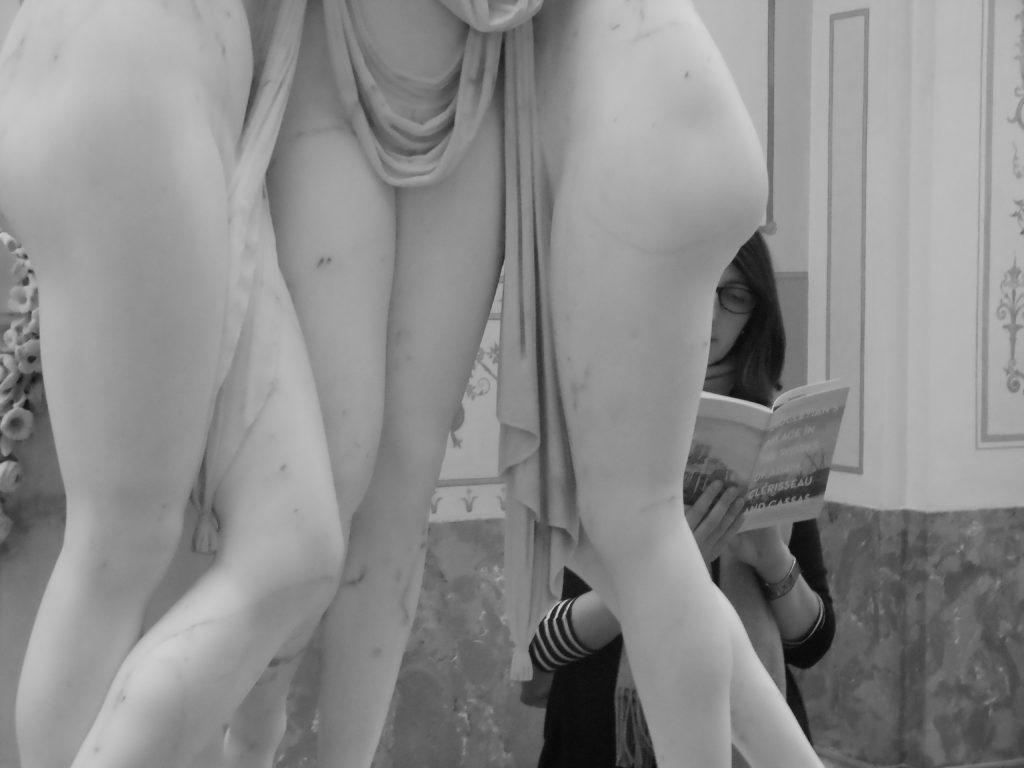The investigative armature of the “Grand Tour” of our project consists of world museums in which the most important works of art stemming from the Dalmatian sojourns of European artists in the 18th and 19th centuries are kept. The next station on our journey was the famed Hermitage Museum in St Petersburg, which this year is celebrating the 250th anniversary of its existence – just like the book of Scottish architect Robert Adam devoted to Diocletian’s Palace (The Ruins of the Emperor Diocletian at Spalatro in Dalmatia).
To mark the book’s anniversary, in Split we organised the conference Diocletian’s Palace in the works of Adam Clérisseau and Cassas, while the Hermitage, in accordance with the significance of its anniversary, prepared a magnificent programme, details of which can be found here.
Notwithstanding the pressures of time deriving from the need to prepare for the celebrations, museum colleagues from the Hermitage gave a warm welcome to members of the research team, Ivica Čović and Ana Šverko, who were in St Petersburg from December 1 to December 4, generously sharing their valuable time and showing them the oeuvre of the celebrated French painter and architect C. L. Clérisseau dedicated to the Croatian coastal area, outlining their own impressive long-term research in the field. We hope that the collaboration started with this visit will continue throughout the project.

A tour of the Hermitage Museum is to a great extent dominated by the reflection of the spirit of the time to which this research is directed. Team members were particularly impressed by the interiors of the museum and the sculptures of Antonio Canova, most celebrated of all Neoclassical sculptors, who was himself indirectly connected with Dalmatia. For it was at the recommendation of Canova that in 1806 Roman architect Basilio Mazzoli arrived in Dalmatia to devise the study of architecture at the high school in Zadar. As well as teaching, Mazzoli did designs for Zadar and Trogir, and in concert with Marshal Marmont had a key role in the urbanistic development and design of the Split waterfront in the early 19th century.

Canova’s close friend, the Venetian architect Giannantonio Selva designed a great deal for Dalmatia. He was very close to the architect Giacomo Quarenghi, one of the foremost architects of St Petersburg, who, among other buildings, designed the Hermitage Theatre by the Neva River, one of the five buildings that make up the Hermitage Museum. Our journeys, then, apart from providing us discoveries directly connected with the research project, show that the world is permeated with subtle cultural links.
